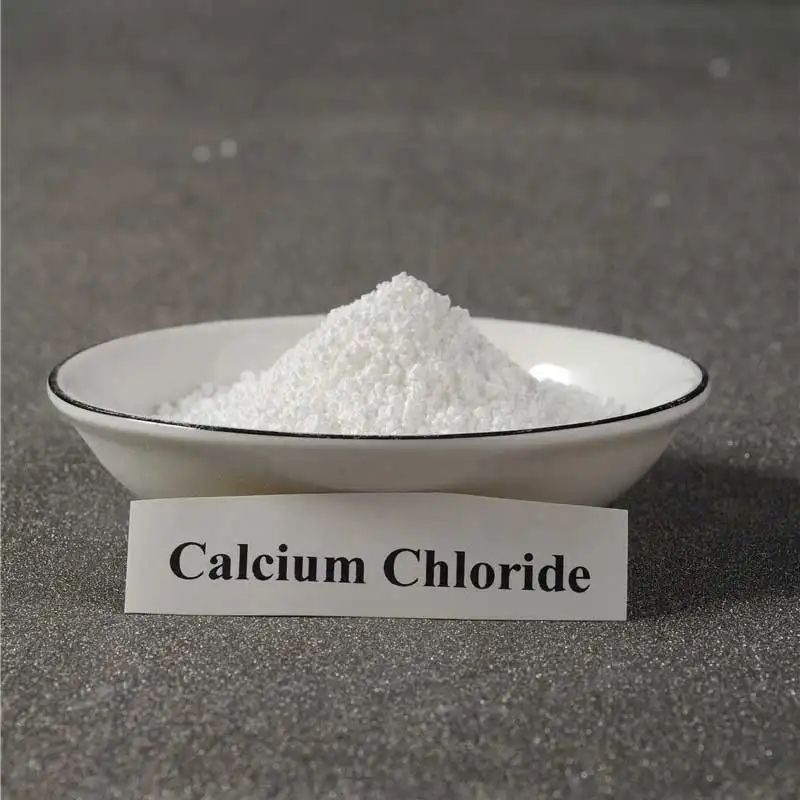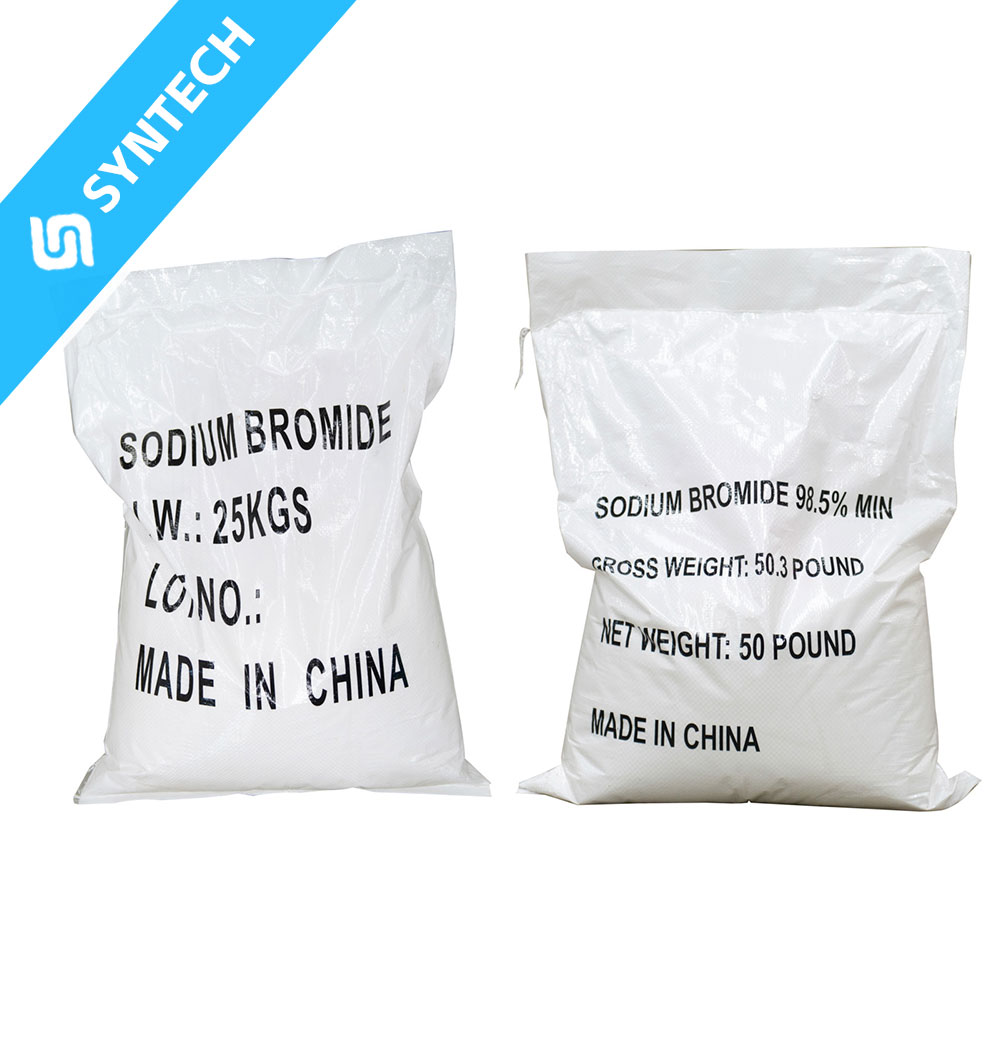Calcium bromide is predominantly used as a key component in the formulation of high-density clear brine completion fluids and workover fluids.
These are specialized fluids that are pumped into a wellbore during critical phases of a well’s life:
- Completion: The phase after drilling where the well is prepared for production (e.g., installing sand control screens, production tubing, and casing).
- Workover: Any remedial operations performed on an existing producing well to restore or enhance its production.
Core Function and Working Principle
The core function of calcium bromide brine is to prevent well blowouts by providing sufficient hydrostatic pressure to control subsurface formation pressures without damaging the producing zone.
The working principle is based on a fundamental concept of fluid mechanics:
1. Hydrostatic Pressure Control
The hydrostatic pressure (Pₕ) exerted by a column of fluid in the wellbore is calculated by the formula:
Pₕ = Density of Fluid (ρ) × Gravitational Acceleration (g) × True Vertical Depth (TVD)
- The Problem: Subsurface oil and gas reservoirs are under high pressure (formation pressure). If the pressure in the wellbore is lower than this formation pressure, hydrocarbons will flow into the wellbore uncontrollably, leading to a potentially catastrophic kick or blowout.
- The Solution: Engineers calculate the density of fluid required to exert a pressure that is slightly greater than the formation pressure (with a safety margin). This is called overbalance.
Calcium bromide salts are dissolved in water to create brines with a very high density. The high density of CaBr₂ brines (ranging from 1.2 to 1.7 kg/L or 10 to over 14 lbs per gallon) allows them to generate the immense hydrostatic pressure needed to control these high-pressure formations, especially in deep-water and deep-well operations.
2. The “Clear” Brine Advantage: Formation Damage Prevention
This is the second critical part of the principle. Traditional drilling “muds” use solid weighting agents (like barite). While effective, these solids can invade and permanently damage the permeable rock of the reservoir, clogging pores and severely reducing productivity.
Calcium bromide brines are “clear” or solids-free. Because they achieve their high density through dissolved salts alone, they contain no solid particles.
- Result: They effectively control pressure while being virtually non-damaging to the productive formation. This allows the reservoir to produce at its maximum potential once the completion operation is finished.
Key Advantages of Calcium Bromide Brines
- High Density: Can be blended to achieve a wide range of densities required for the most challenging high-pressure wells.
- Crystallization Point: CaBr₂ brines have very low freezing points, making them excellent for use in cold-weather operations (e.g., offshore in Arctic regions).
- Compatibility: They are compatible with most downhole equipment and formation geology.
- Thermal Stability: They remain stable and effective under the high downhole temperaturesencountered in deep wells.
Summary
In essence, calcium bromide serves as a high-performance pressure control agent in oilfield completions. Its core principle is to use its high dissolved density to create a hydrostatic overbalance that suppresses formation pressures, thereby ensuring well control and safety. Crucially, it accomplishes this without introducing damaging solids, thereby protecting the economic value of the reservoir.
This combination of power and precision makes it an invaluable chemical in advanced well construction.






